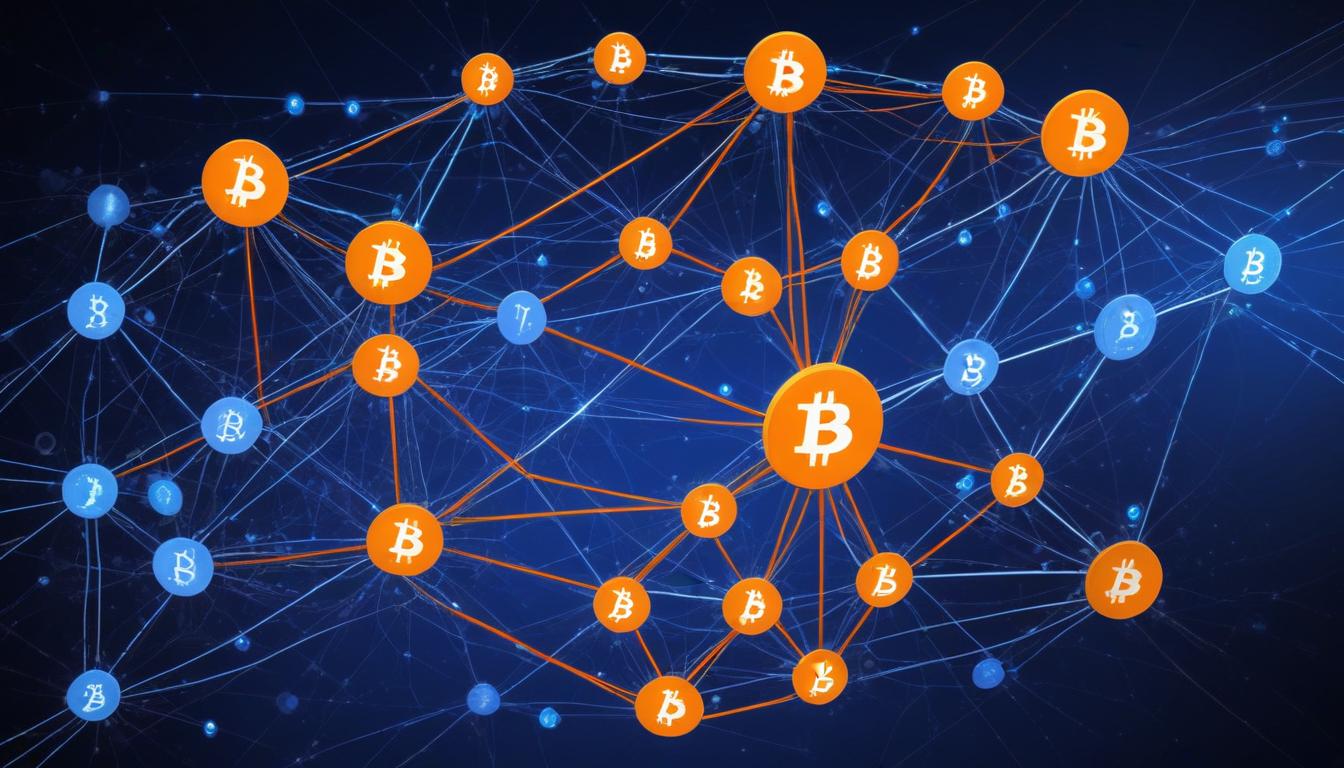The scaling debate in Bitcoin represents one of the most crucial technical and philosophical challenges facing the cryptocurrency ecosystem. This comprehensive analysis explores the multifaceted nature of Bitcoin’s scaling solutions, examining both the technical constraints and the economic implications of various approaches to increasing network capacity.
The fundamental tension in Bitcoin scaling revolves around the delicate balance between transaction throughput, decentralization, and security. Block size limitations, currently set at 1MB, serve as a cornerstone of Bitcoin’s security model by ensuring that running a full node remains accessible to average users. This accessibility is crucial for maintaining the network’s decentralized nature, yet it creates natural constraints on transaction capacity.
Layer 1 scaling through block size increases presents several critical challenges that extend far beyond simple storage considerations. Network propagation delays increase with larger blocks, potentially leading to higher orphan rates and increased centralization pressure on miners. Additionally, larger blocks require more computational resources to validate, which could exclude many participants from running full nodes and thereby reduce the network’s censorship resistance.
The economic implications of block size modifications are particularly noteworthy. Bitcoin’s security model relies on a robust fee market developing as block subsidies decrease over time. This fee market can only emerge when block space remains a scarce resource, creating natural price discovery for transaction inclusion. Arbitrary increases in block size could potentially undermine this crucial economic mechanism.
Layer 2 scaling solutions, particularly the Lightning Network, represent a more nuanced approach to increasing Bitcoin’s transaction capacity. These solutions leverage the security of the base layer while enabling faster, cheaper transactions through secondary protocols. The development of these layers mirrors traditional financial systems, where different layers serve different purposes with varying security and efficiency trade-offs.
The role of mining in Bitcoin’s long-term sustainability cannot be overlooked when discussing scaling solutions. As block rewards diminish through halvings, transaction fees must eventually support the network’s security budget. This creates an intricate relationship between block space, fee markets, and mining economics that must be carefully considered in any scaling proposal.
Innovation in scaling solutions continues to emerge, with various technical approaches being explored. These include proposals for more efficient transaction batching, advanced signature aggregation schemes, and novel Layer 2 architectures. Each of these solutions presents its own set of trade-offs between scalability, security, and decentralization.
The future of Bitcoin scaling will likely involve a combination of complementary solutions rather than a single approach. Different layers and protocols will serve different use cases, with the base layer optimized for security and decentralization while higher layers handle increased transaction throughput. This multilayered approach allows for specialized solutions to address specific scaling challenges while preserving Bitcoin’s fundamental properties.
As the Bitcoin network continues to evolve, the importance of maintaining its core principles of decentralization and security cannot be understated. Any scaling solution must be evaluated not just on its technical merits, but on how it affects the network’s fundamental value proposition as a censorship-resistant, sound money system.




